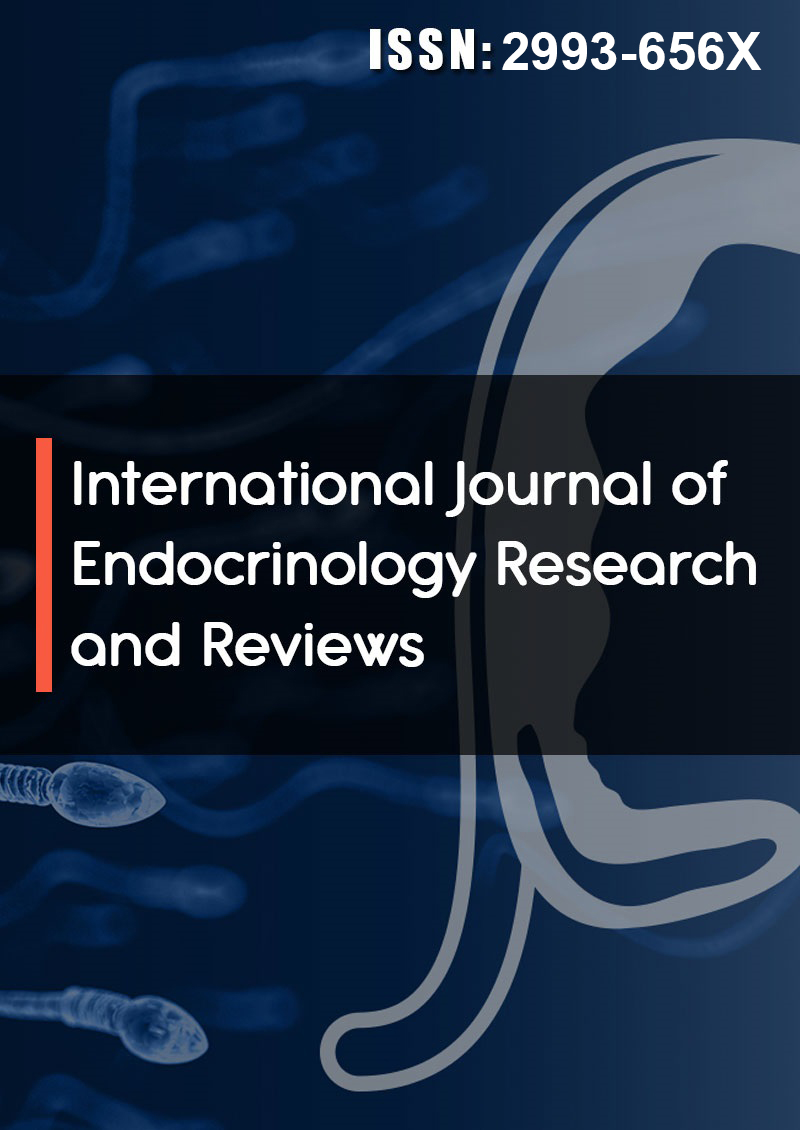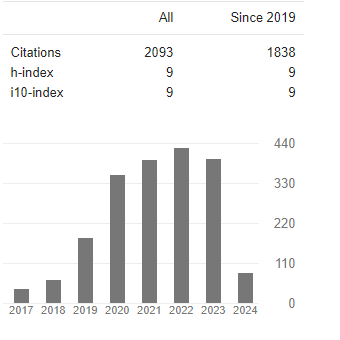Frequency and Factors Associated with Thyroid Dysfunction: an Analytical Crosssectional Study from a Tertiary Care Center in Kabul, Afghanistan
Abstract
Mohammad Naeem Lakanwall, Ahmed Maseh Haidary, Shabnam Azizi, Sibtain Ahmed, Ambreen Gowani and Jamshid Abdul Ghafar
Background: Endocrinopathies are a commonly occurring entity, particularly those of the thyroid gland, however there is lack of scientific literature from Afghanistan, a country with very limited health care facilities and resources. This is the first study aimed to describe the frequency of occurrence and factor associated with thyroid dysfunction in Afghan population. The aim of this study is to estimate the frequency and to identify factors associated with thyroid dysfunction. among individuals coming to a tertiary care facility in Kabul, Afghanistan. Methods: A cross-sectional study was conducted from July to Sep 2018 at the Department of Clinical Pathology, French Medical Institute for Mothers and Children (FMIC), Kabul, Afghanistan. Blood samples were obtained, serum TSH, levels were analyzed, and the patients were divided into three diagnostic categories according to their serum TSH concentrations, 1) Hypothyroidism 2) Hyperthyroidism 3) normal. Results: A total of 127 individuals were included in the final analysis. Majority study participants (77%) were females. A large number of the participants (92%) did not have family history of thyroid dysfunction. (74%) participants in the study had normal TSH levels classified as normal thyroid function, (14%) had lower TSH levels and (12%) higher TSH, levels (Table 1) classified as hyper and hypothyroid respectively. Conclusion: The findings of the current study showed a high frequency of thyroid dysfunctions from a single center. Further large scale studies are needed to find out the prevalence and document this entity for better health outcomes in the country.




